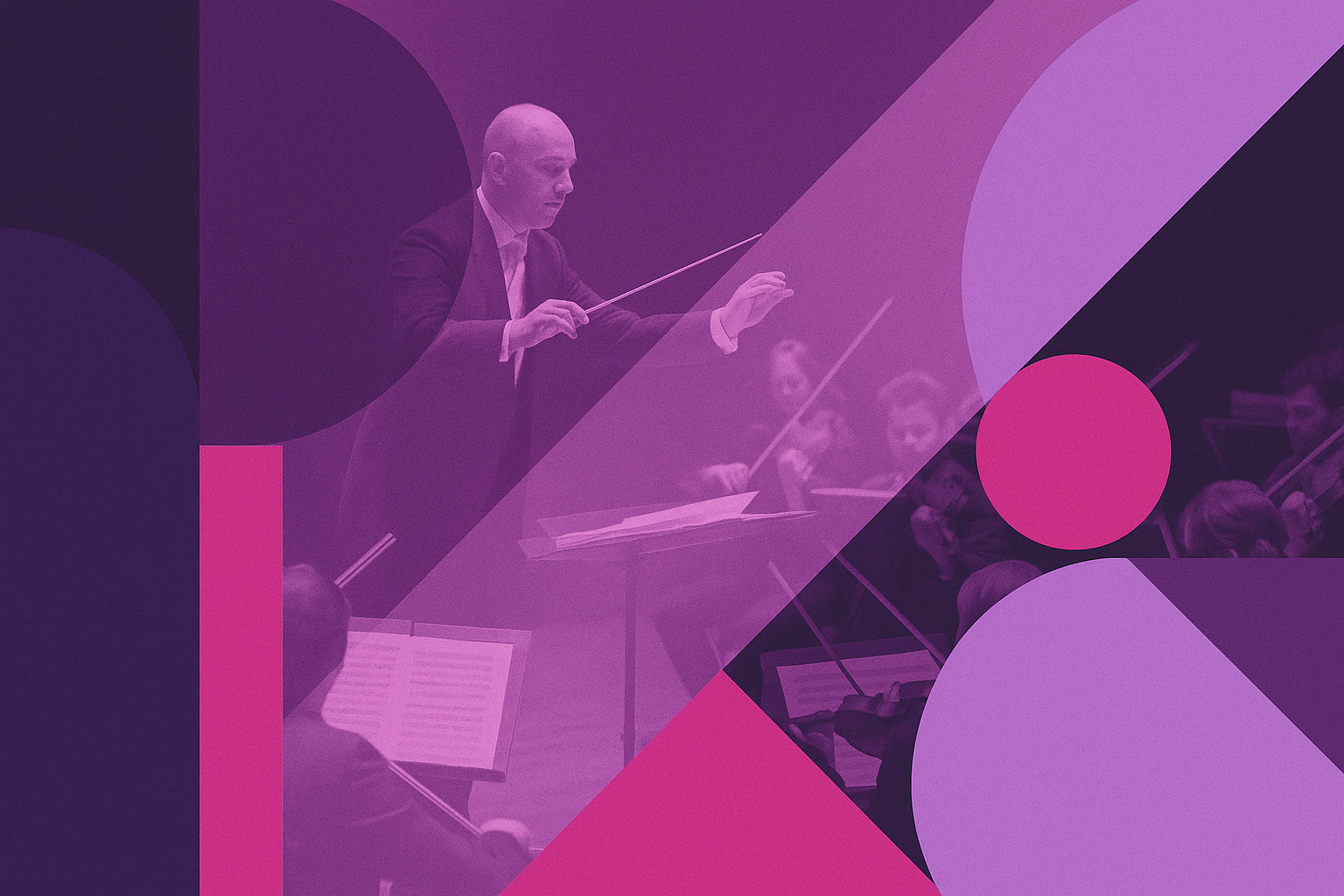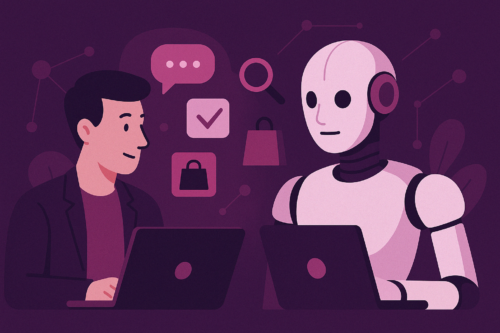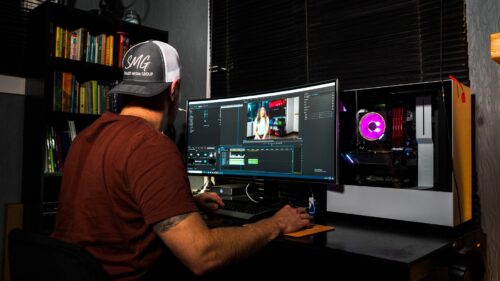Redefining your role: keep producing outcomes, not outputs

The rise of AI has rattled a few cages in the creative world. And fair enough. When machines can generate halfway-decent logos, write passable copy, and crank out videos in seconds, it’s easy to feel unsure as to where the creative industry is heading.
But here’s the thing: creativity isn’t going anywhere. In fact, it’s about to get more valuable.
This multi-part series explores how the creative industry isn’t being replaced — it’s being challenged to evolve. From rising expectations to new types of collaboration, these aren’t warnings. They’re opportunities. Time to sharpen your tools.
Outputs vs Outcomes: the line that matters
A lot of roles today are still defined by outputs. “I write the copy.” “I design the deck.” “I build the page.”
But here’s where creative agencies have always had a superpower: understanding and delivering on outcomes, not outputs.
The problem is, outputs are exactly where AI excels. And it’s getting faster, cheaper, and (eventually) better than most of us. It doesn’t sleep, it doesn’t procrastinate, and it doesn’t charge by the hour. Even if your work is 30% better than ChatGPT or Midjourney, an AI that’s 1000x faster and costs pennies will usually win the CFO’s heart.
But here’s where creative agencies have always had a superpower: understanding and delivering on outcomes, not outputs.
Great agencies have always known that a brand isn’t just a nice-looking logo, or a colour palette, or a beautifully set headline. It’s about how people feel when they interact with a business. It’s about perception, trust, clarity, and making sure that what you say matches what you do.
That’s outcome-level thinking. And it’s a mindset we need to double down on.
Creative leadership in an AI world
The value of a designer isn’t in the pixels they push — it’s in how those pixels support a business goal. The value of a writer isn’t the clever turn of phrase — it’s whether the message resonates and converts. The value of a developer isn’t in the lines of code — it’s the strategy behind an online presence and how well it converts with customers.
The value of a designer isn’t in the pixels they push — it’s in how those pixels support a business goal.
These are outcomes. And the more we define ourselves by them, the more future-proof we become.
Because even when AI can do the “thing” — the words, the visuals, the code — it still needs direction. It still needs a brief. It still needs strategy. It still needs a strong sense of taste, timing, and audience.
Your next most valuable skill? Orchestration.
This is where the creative agency world can really shine. You don’t need to compete with AI on outputs — you need to orchestrate it.
Take a content marketer. If they define their job as “writing blog posts”, they’re toast. But if they define it as “growing organic leads by getting the right message in front of the right people at the right time,” they’ve just levelled up.
Now their job is research, insight, distribution, and coordination. It’s about asking better questions, building systems, and managing AI like a tool in their creative kit — not a threat to their existence.
Next up in the series, we’ll look at how people will still want to trust humans with tasks they don’t understand, even if AI is making knowledge more and more accessible.



